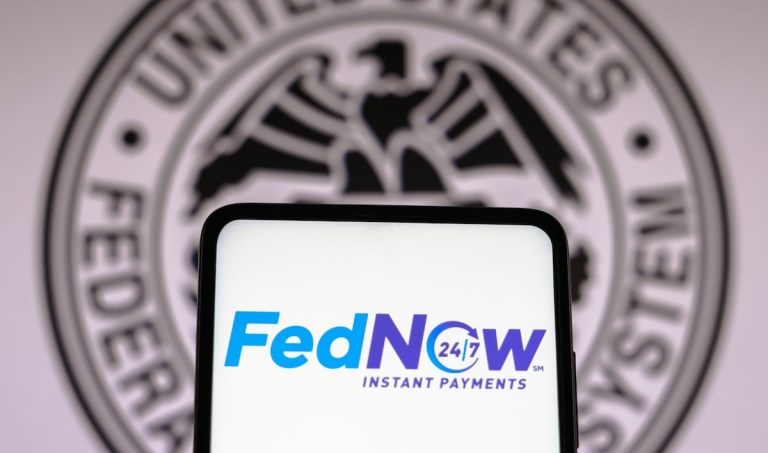
There will be organizations ready to send and receive transactions when the FedNow Service launches.
Fifty-seven early adopter organizations, including both financial institutions (FIs) and service providers, have completed testing and certification, and they are now performing final trial runs, the Federal Reserve said in a Thursday (June 29) press release.
Many of these early adopters will be live at the time of the launch of the instant payments infrastructure — which is planned for late July — or will go live shortly after, according to the release.
The early adopters include 41 FIs, 15 service providers and the U.S. Department of the Treasury, the release said.
“With go-live nearing, financial institutions and their industry partners should be confident in moving forward with plans to join the network of organizations participating in the FedNow Service,” Ken Montgomery, first vice president of the Federal Reserve Bank of Boston and FedNow program executive, said in the release.
Beyond the early adopters, the Federal Reserve is also working with and onboarding other FIs and aims to extend the adoption of the FedNow Service to all 10,000 U.S. FIs, according to the release.
FedNow’s success hinges on its adoption by banks, Miriam Sheril, head of product for the U.S. at Form3, told PYMNTS in an interview posted Wednesday (June 28).
“To drive a network, you need ubiquity, and it’s hard to achieve when there’s a chicken and egg situation,” Sheril said.
In that case, she noted, banks may be holding off to see whether new use cases and consumer demand materialize before signing on. Consumer demand and use cases may be slow to materialize unless consumers see that their banks (on both the senders’ and receivers’ sides of the equation) have the functionality in place.
Eric Foust, vice president of banking partnerships in North America at Trustly, told PYMNTS June 14 that once July’s launch of FedNow becomes official, there’s a road map ahead that will see a logical progression of adherents and use cases.
The initial rollout will include a “large concentration of smaller regional banks, community banks and credit unions,” and they will have had prior experience with The Clearing House’s RTP network, Foust said at the time.